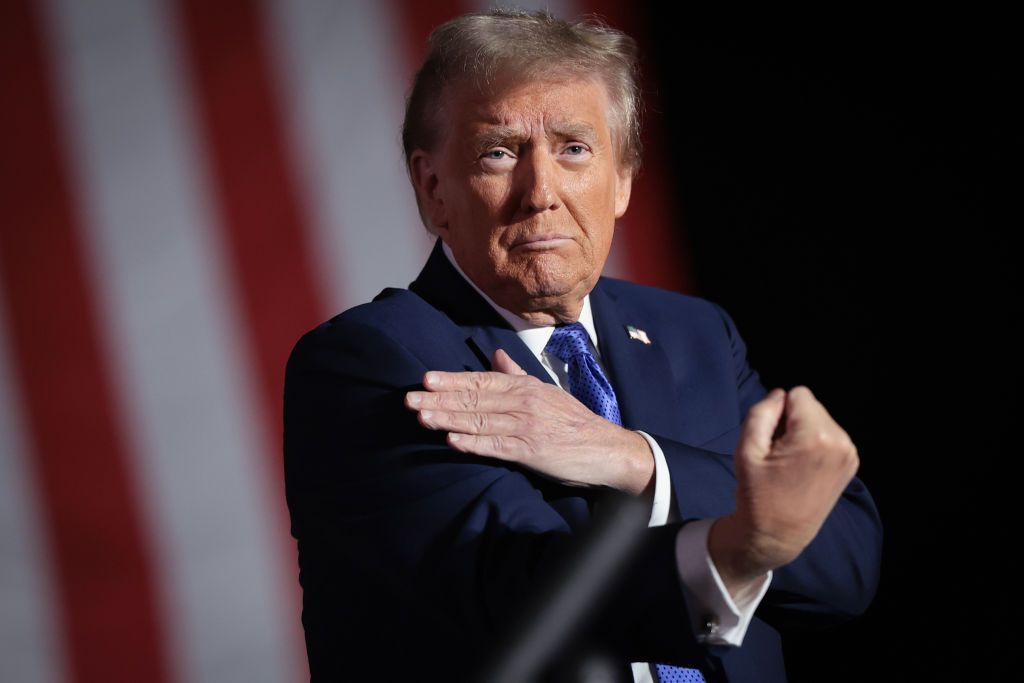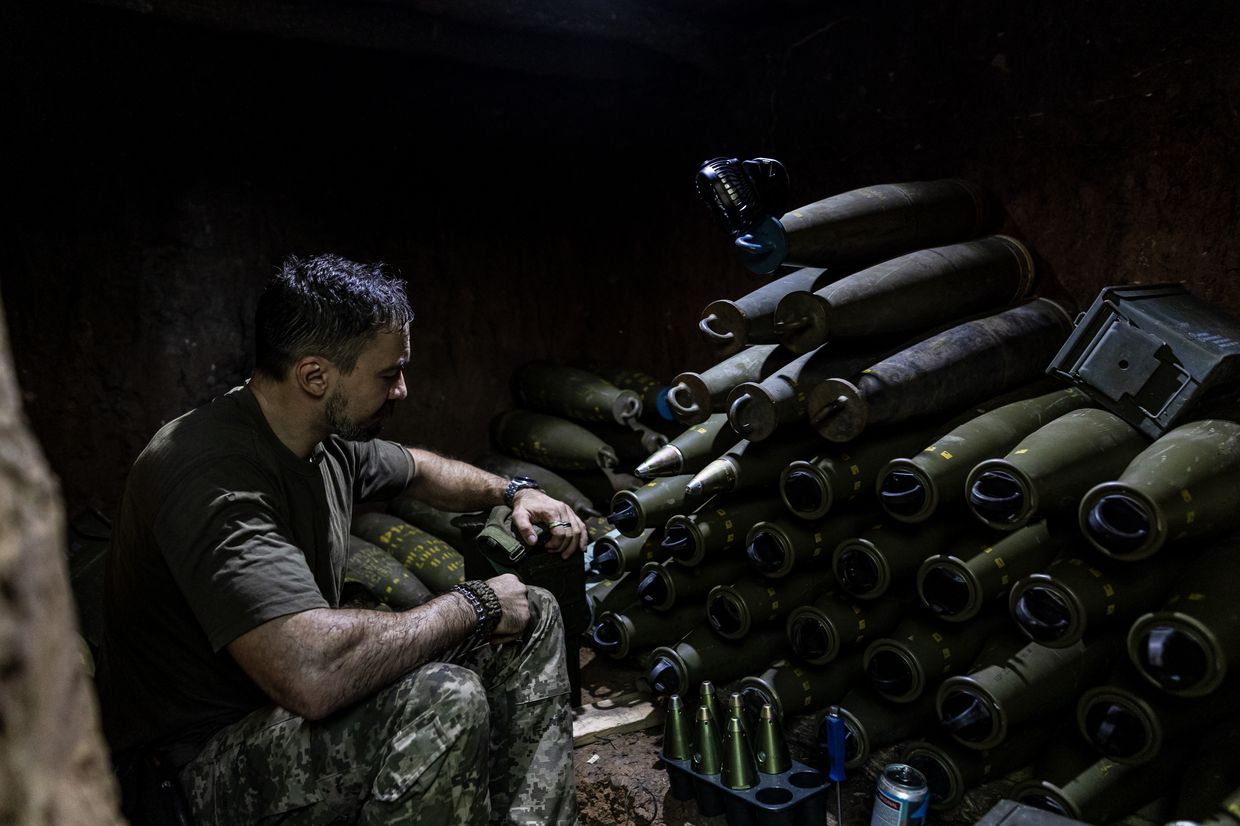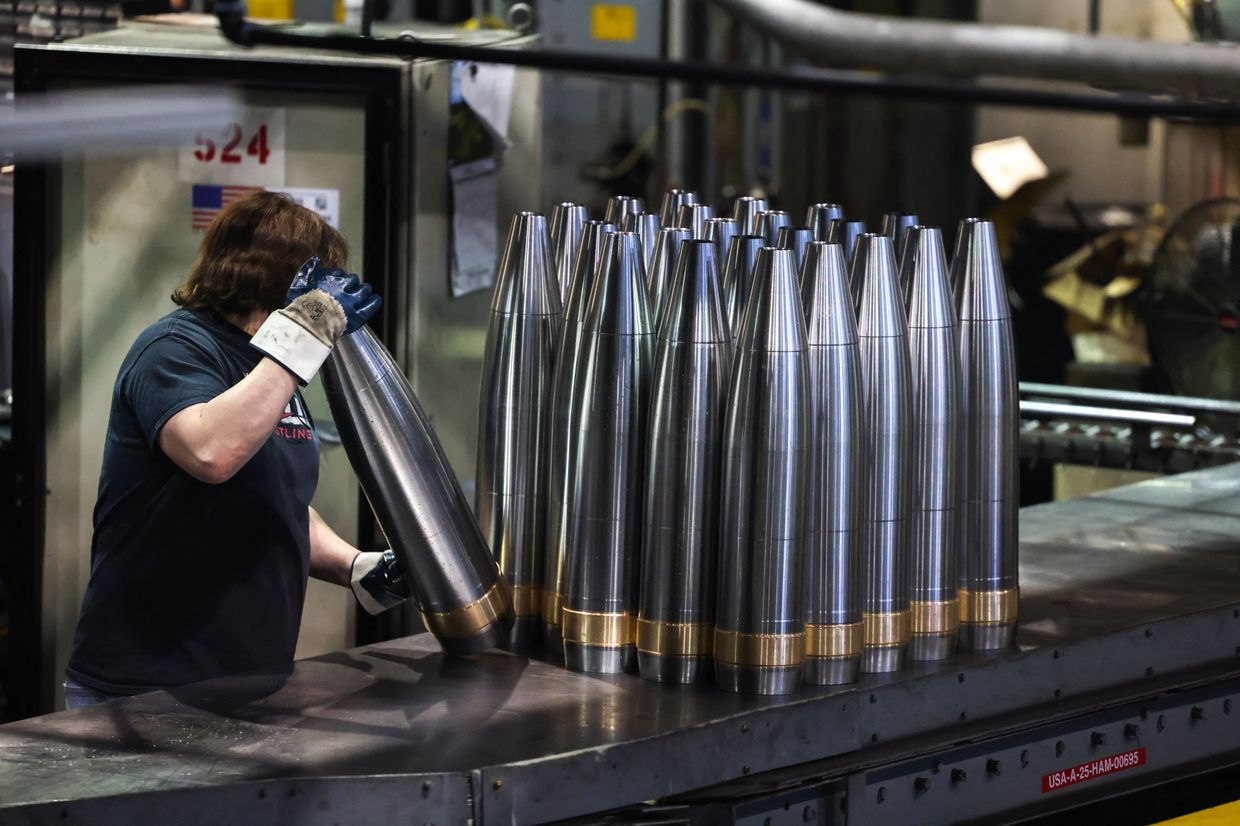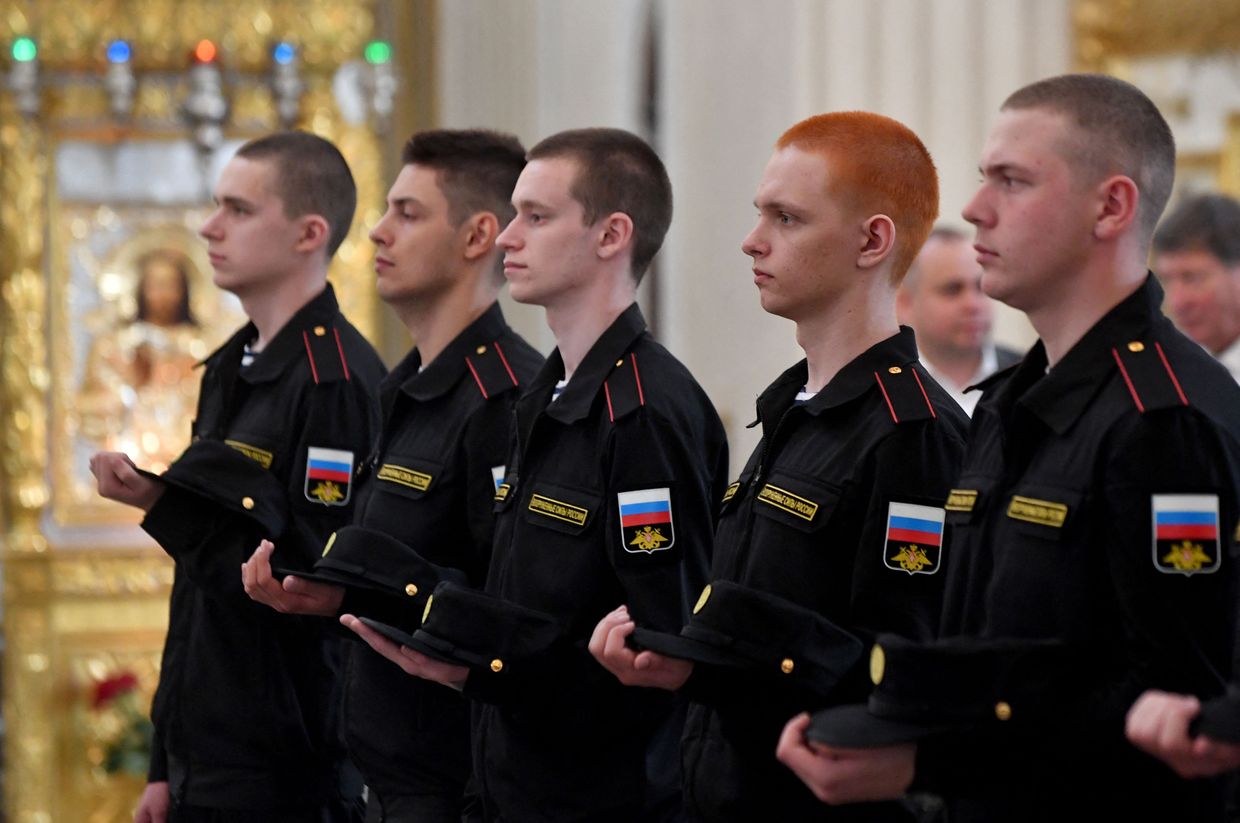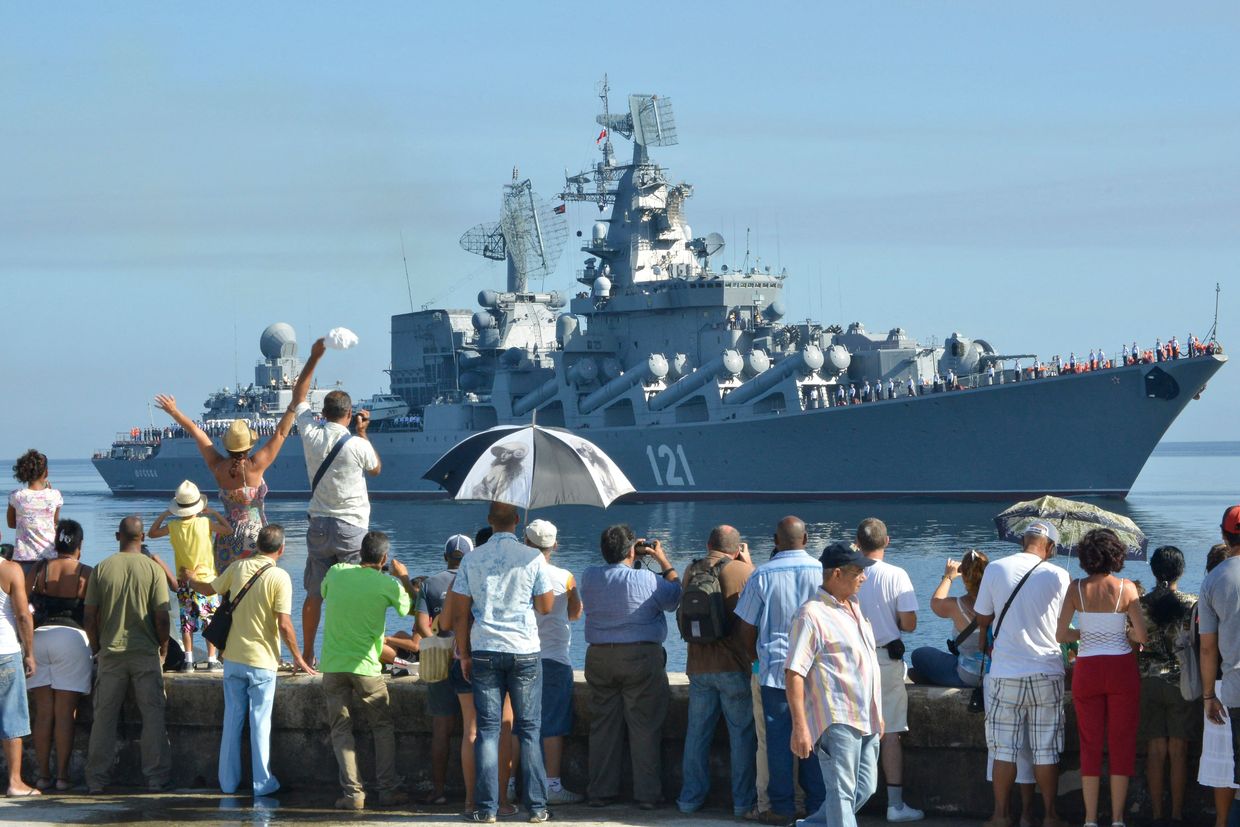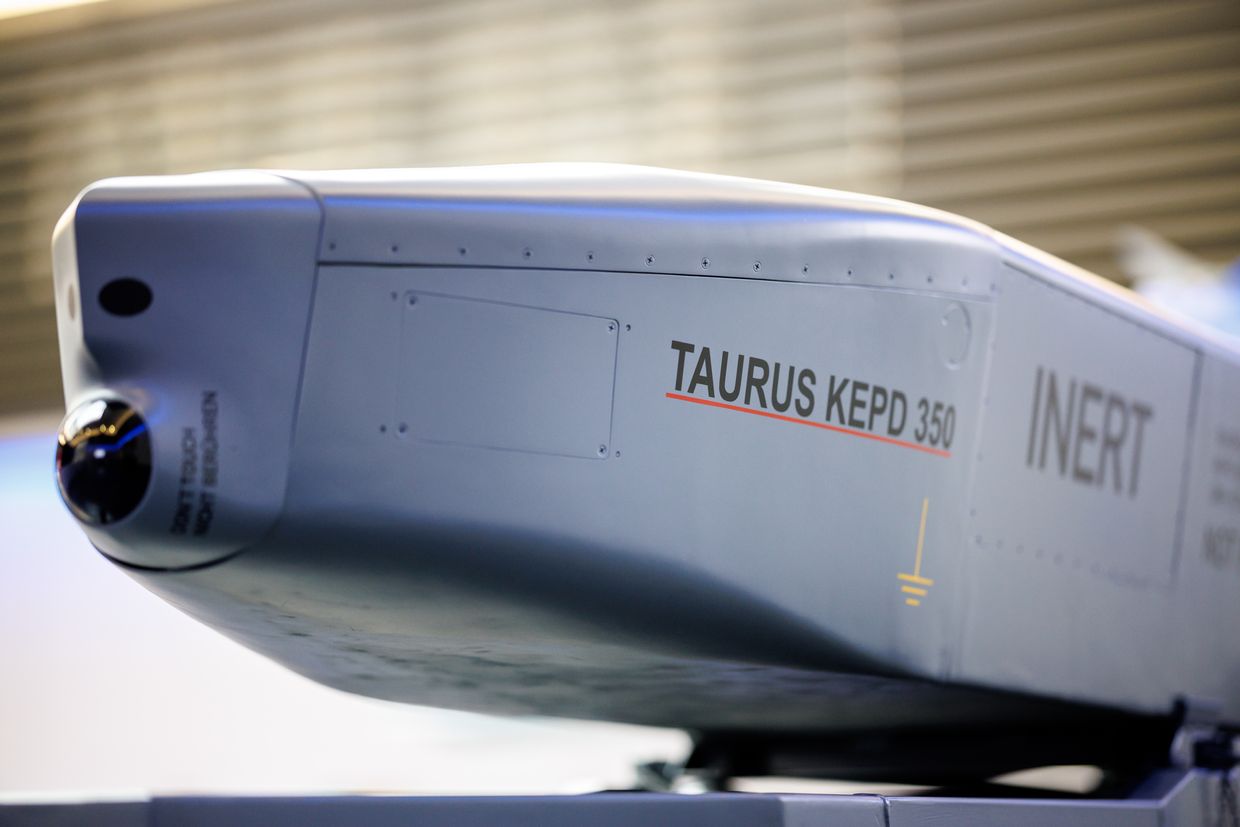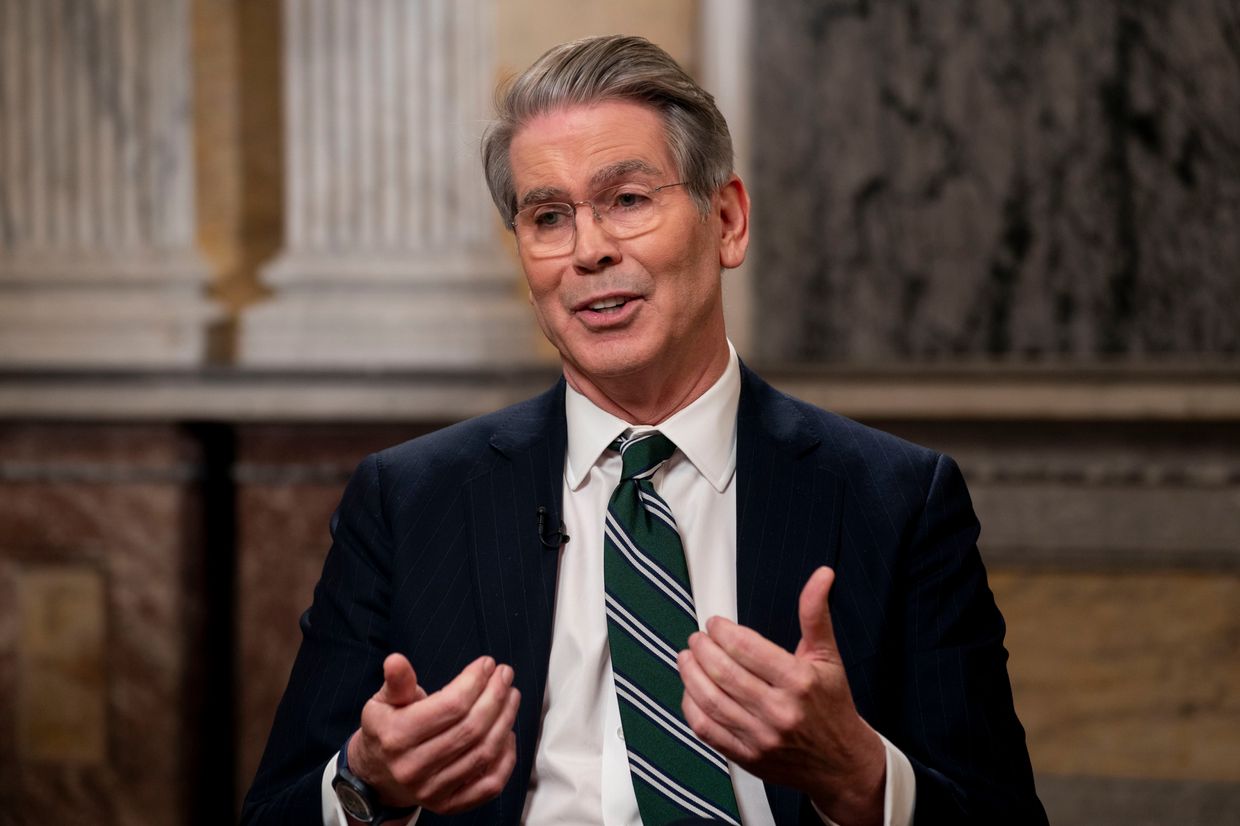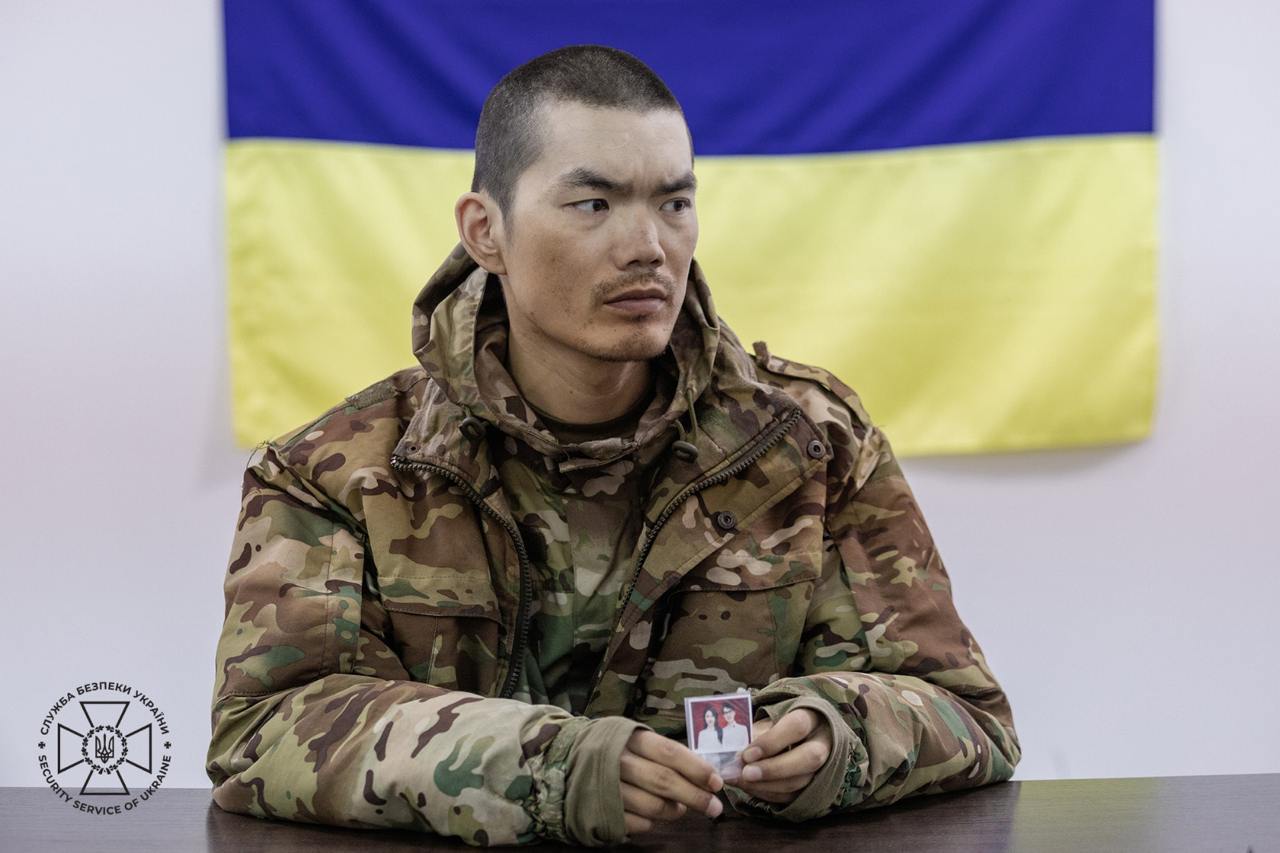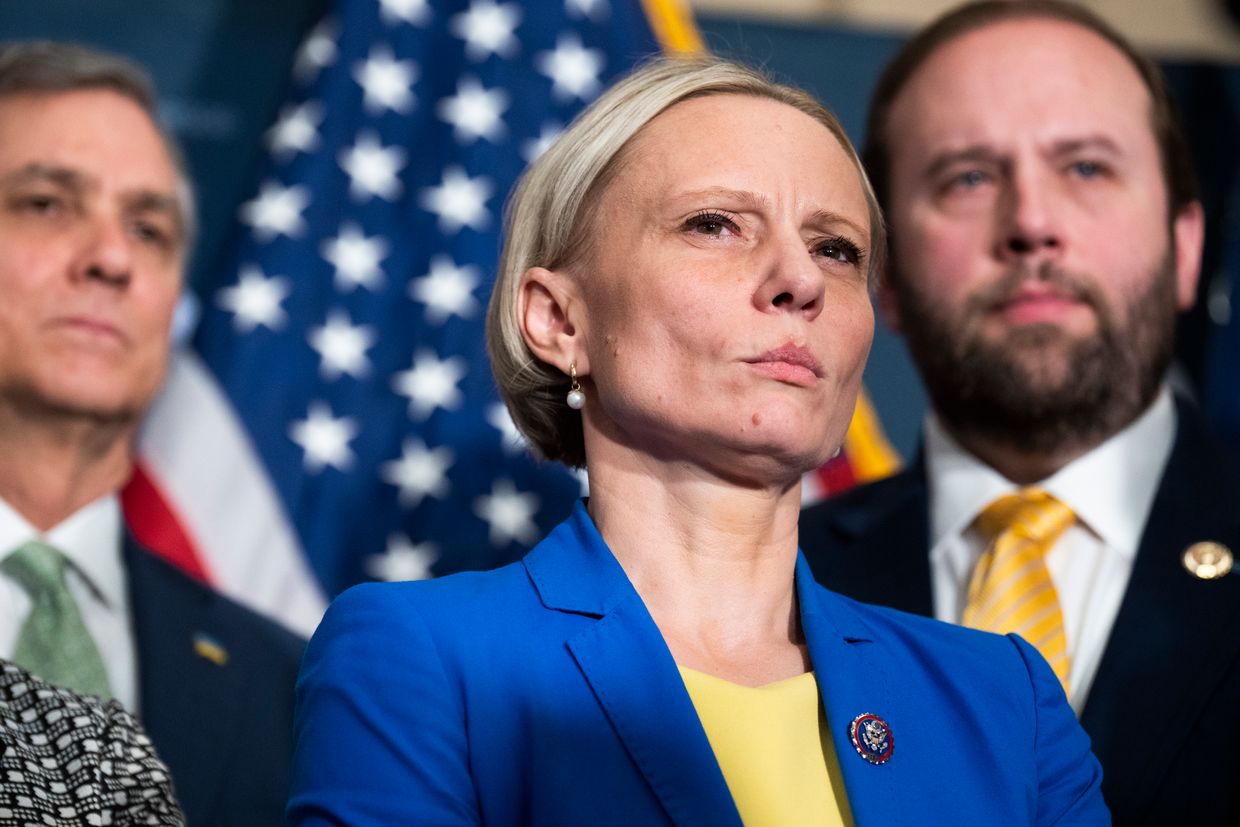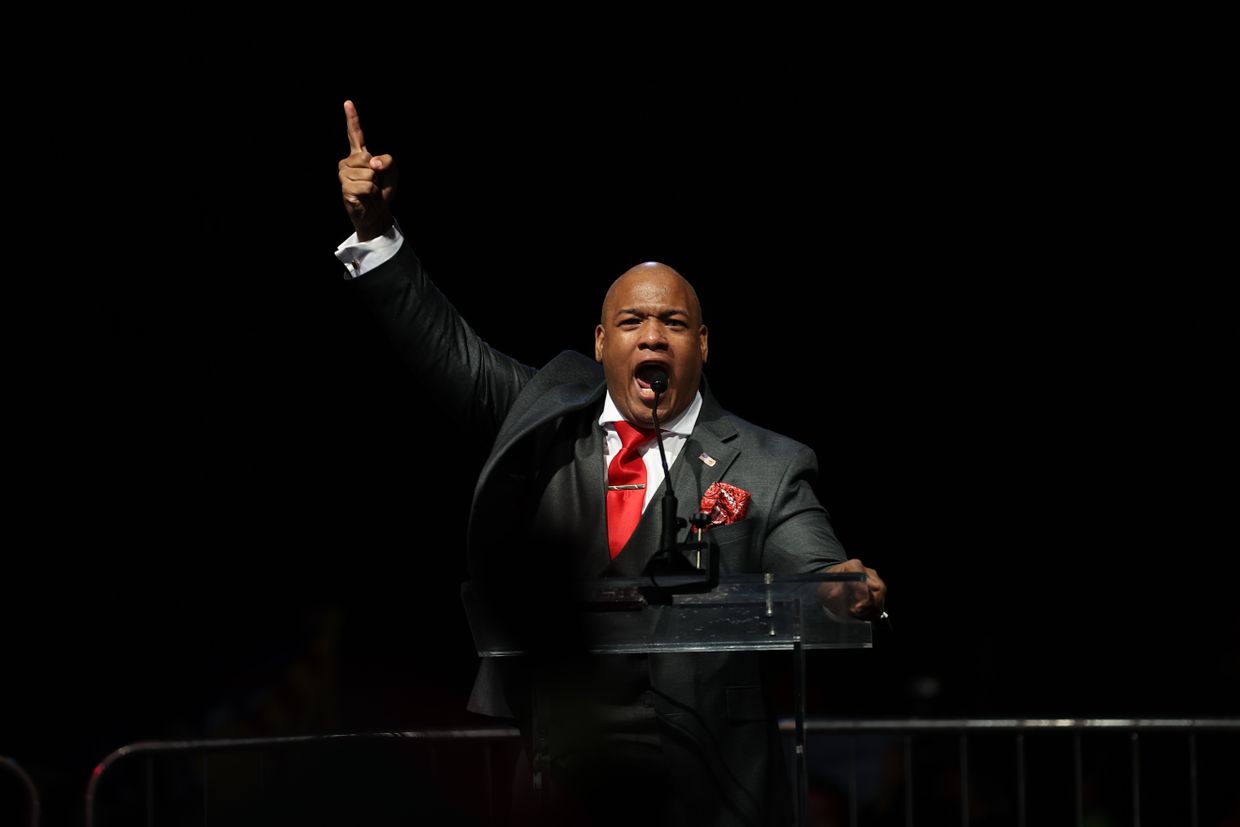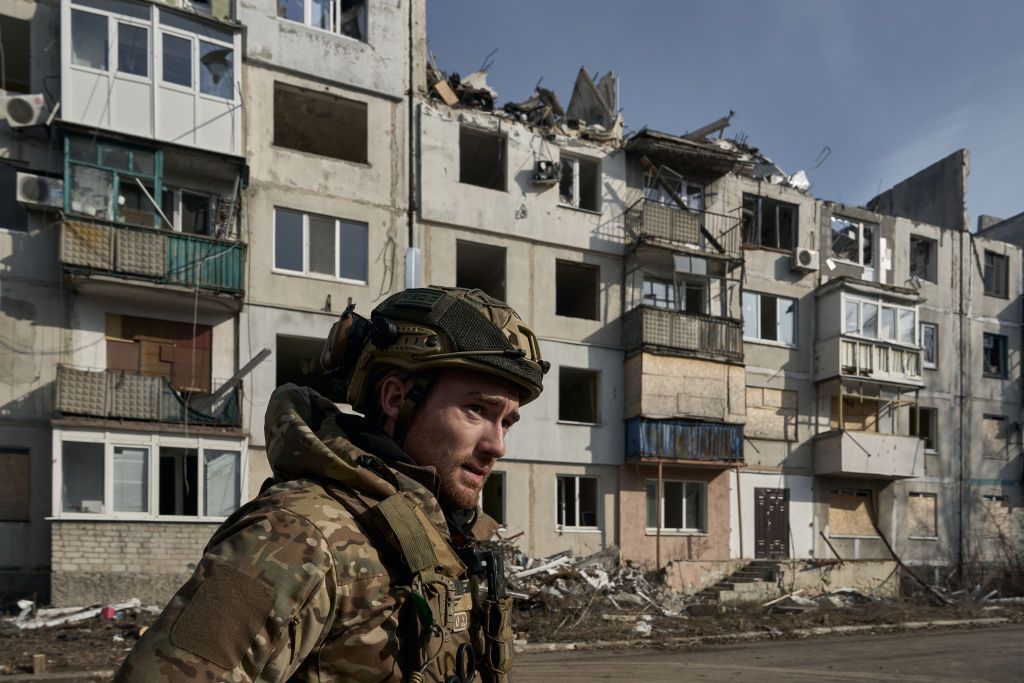The impending Donald Trump presidency has fueled market speculation that a peace deal between Russia and Ukraine could be reached soon — bolstered by Trump’s campaign trail rhetoric promising to end the war within days of taking office, if not sooner. Ukrainian Eurobonds have been among the best-performing assets in emerging markets in recent months, notably alongside Lebanon, another "war or peace" play.
However, achieving a durable peace deal between Ukraine and Russia may not be as simple as Trump has implied — a realization that seems to have dawned on him. His initial promise of peace within days has now been extended to six months. General Keith Kellogg, Trump’s designated Ukraine envoy, has also tempered expectations, expressing hope for a breakthrough within the first 100 days of the Trump administration — a timeframe that is likely to slip further.
Does Trump actually have a peace plan for Ukraine?
It’s doubtful. The shifting deadlines for progress reflect this uncertainty. Trump and Kellogg don’t appear to have a deep understanding of Ukraine, Putin, or European security. Ukraine’s fate doesn’t seem to rank high among Trump’s priorities, which focus instead on "Making America Great Again." Campaign promises to pull financial support for Ukraine resonated with voters when framed as reallocating resources to neglected U.S. communities. However, even if U.S. support for Ukraine is cut, it’s unlikely those funds will find their way to disadvantaged Rust Belt communities.
"Does Trump actually have a peace plan for Ukraine? It’s doubtful. The shifting deadlines for progress reflect this uncertainty."
For Trump, Ukraine is a problem for Europe. His recent comments about U.S. territorial ambitions — regarding Canada, Greenland, and Panama — suggest his intent to extract a quid pro quo from Russian President Vladimir Putin for signing off on Russian territorial gains in Ukraine. Trump may be signaling that if he accepts Russia’s terms, he expects something in return, such as turning a blind eye to a U.S. claim on Greenland. This mindset underscores Trump’s transactional approach, with Ukraine at risk of being sold out in the process.
While Kellogg and Mike Waltz, Trump’s pick for national security adviser, might attempt to articulate a coherent strategy, it’s unclear if Trump is aligned with their efforts.
Trump holds significant leverage over Putin, particularly regarding Ukraine. Russia needs a deal more than the U.S. does. A prolonged war risks economic collapse from sanctions, potential Yevgeny Prigozhin-style military mutinies, and rising social unrest. While Ukraine also faces challenges — manpower shortages and donor fatigue — these are manageable compared to the risks for Putin.
For the U.S., the cost of supporting Ukraine, at roughly $100 billion over three years (40% from the U.S.), is a fraction of the defense budget. Much of this spending benefits the U.S. directly through payments for American arms, often older equipment being replaced by modern upgrades. Additionally, the war has prompted NATO allies and Ukraine to ramp up U.S. arms purchases, while Europe is expected to increase defense spending by over $250 billion annually. The longer the war continues, the more the U.S. benefits economically while Russia’s capabilities are depleted — all without risking U.S. troops.
A more effective negotiating strategy for Trump would be to pressure Putin by threatening increased support for Ukraine or imposing harsher sanctions on Russia’s economy — steps that would come at minimal cost to the U.S. Trump could signal support for Ukraine’s NATO membership or approve the use of long-range missiles capable of striking deep into Russia. He holds all the leverage.
Yet, instead of using this leverage, the Trump administration appears to be giving it away to Putin. Trump has signaled no NATO membership for Ukraine, no long-range missiles, a halt to financial aid for Ukraine, and potential sanctions relief for Russia. Meanwhile, figures like Kellogg and Waltz have floated proposals to freeze front lines, effectively allowing Russia to retain the territory it currently occupies. Despite holding all the aces, Trump seems to have handed the game to Putin.
"Yet, instead of using this leverage, the Trump administration appears to be giving it away to Putin."
For Ukraine, security is paramount in any peace deal. The country can survive losing the territories currently occupied by Russia, but its economic prospects depend on security guarantees. These could come through NATO membership, bilateral security assurances, or robust Western military and financial support akin to the U.S.-Israel relationship.
However, Trump’s concessions — rejecting NATO membership and dismissing bilateral guarantees — have shifted the debate to limiting Ukraine’s defensive capabilities. Putin will exploit this to keep Ukraine vulnerable to future invasion, deterring investment and stalling reconstruction. The resulting insecurity would discourage millions of Ukrainian refugees from returning home, risking further emigration and domestic instability.
Europe faces dire consequences if Ukraine collapses: waves of Ukrainian refugees, fueling far-right populism, and a bolstered Russian military-industrial complex. A resurgent Russia, emboldened by victory in Ukraine, might target the Baltics or Moldova next. Europe’s security hinges on Ukraine’s ability to defend itself as the front line against Russian aggression.
Trump may not grasp the stakes for Europe, but European leaders must. With the U.S. stepping back, Europe must wake up to its existential threat from Russia and take responsibility for Ukraine’s defense. A $150 billion annual price tag to support Ukraine is manageable for Europe’s $25 trillion economy — especially compared to the $250-$500 billion yearly increase in defense spending likely required if Ukraine falls.
Unlocking the $330 billion in immobilized Russian central bank assets could provide Ukraine with significant financing. Additionally, Europe should appeal to Trump’s economic priorities by framing support for Ukraine as a boon for U.S. jobs, branding it as the "Trump Plan for the Defense of Europe" or a modern Marshall Plan.
Unfortunately, European leaders remain in denial, ignoring the risks of a Trump presidency and failing to connect the dots between Ukraine’s security and their own. Ensuring Ukraine’s stability isn’t just about protecting one country—it’s about safeguarding the future of Europe as a whole.
Editor’s Note: The opinions expressed in the op-ed section are those of the authors and do not necessarily reflect the views of the Kyiv Independent.
